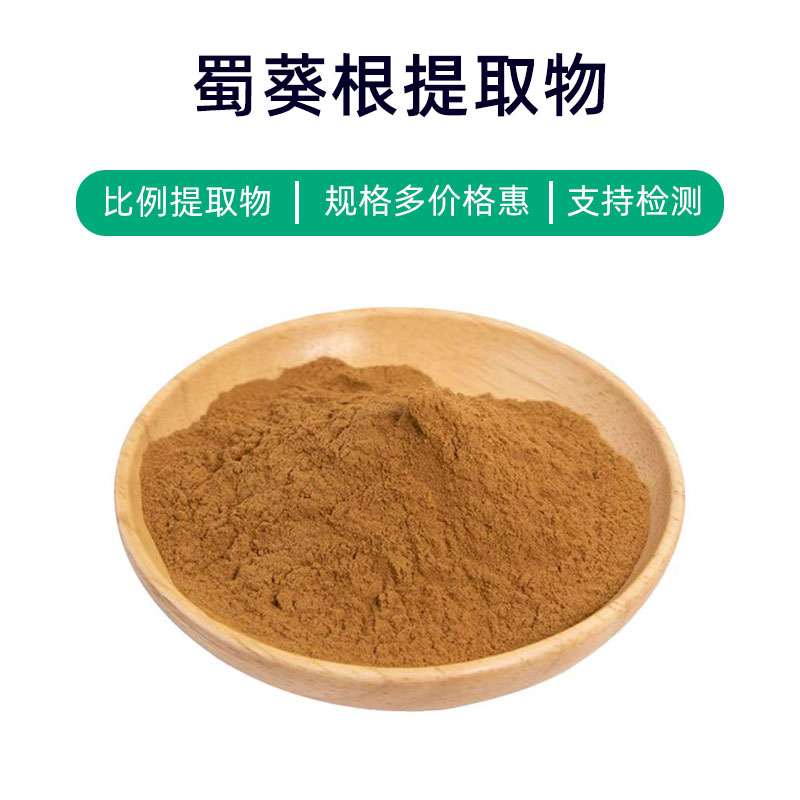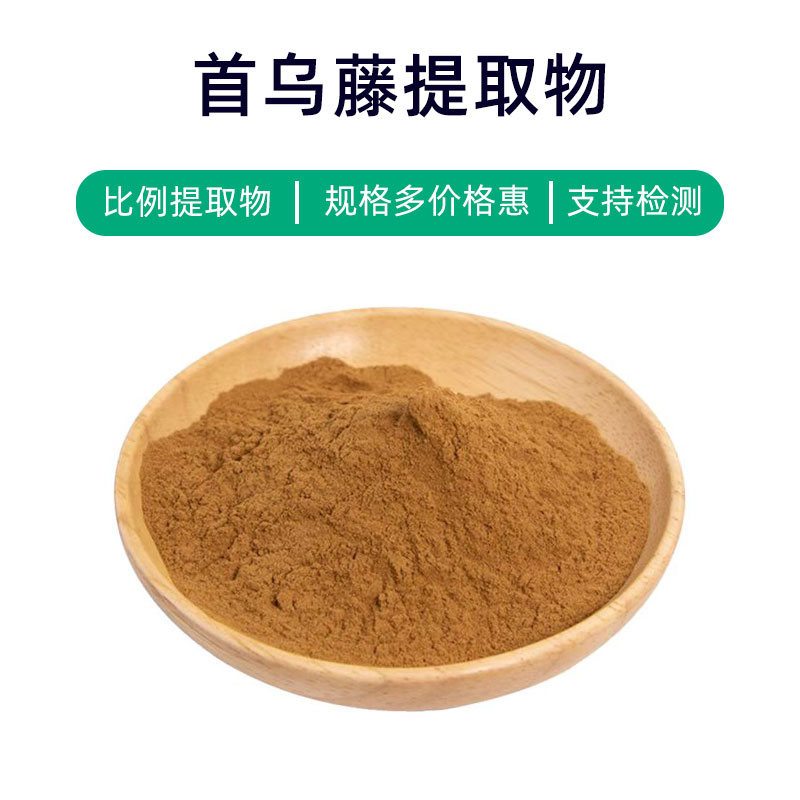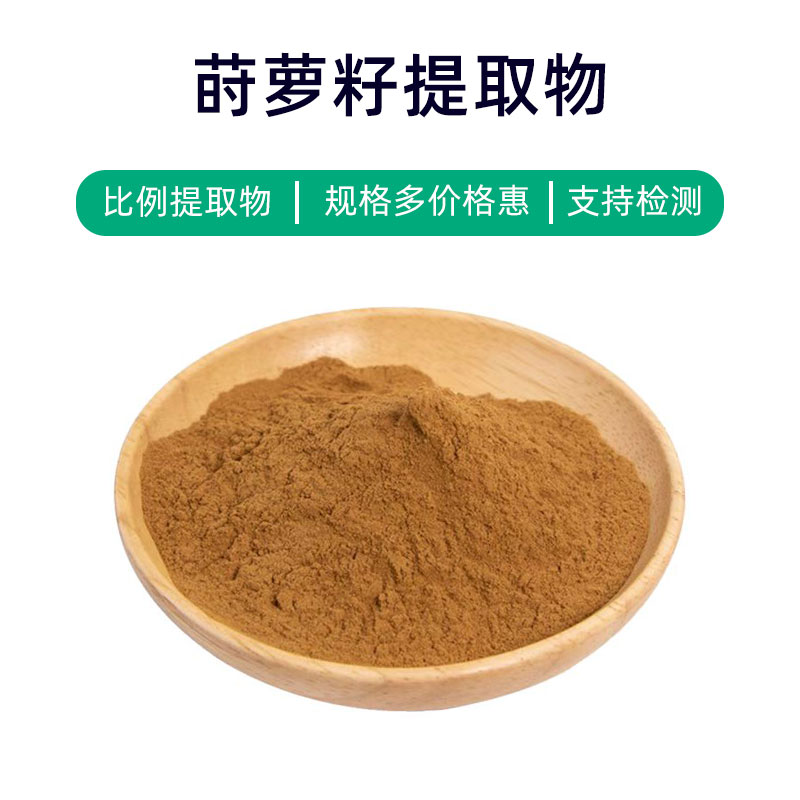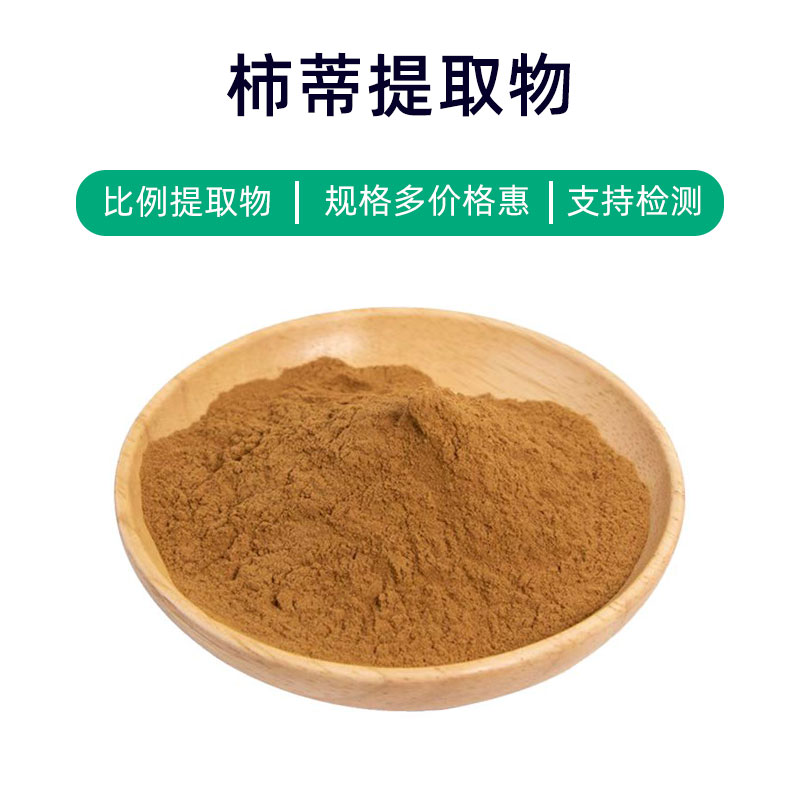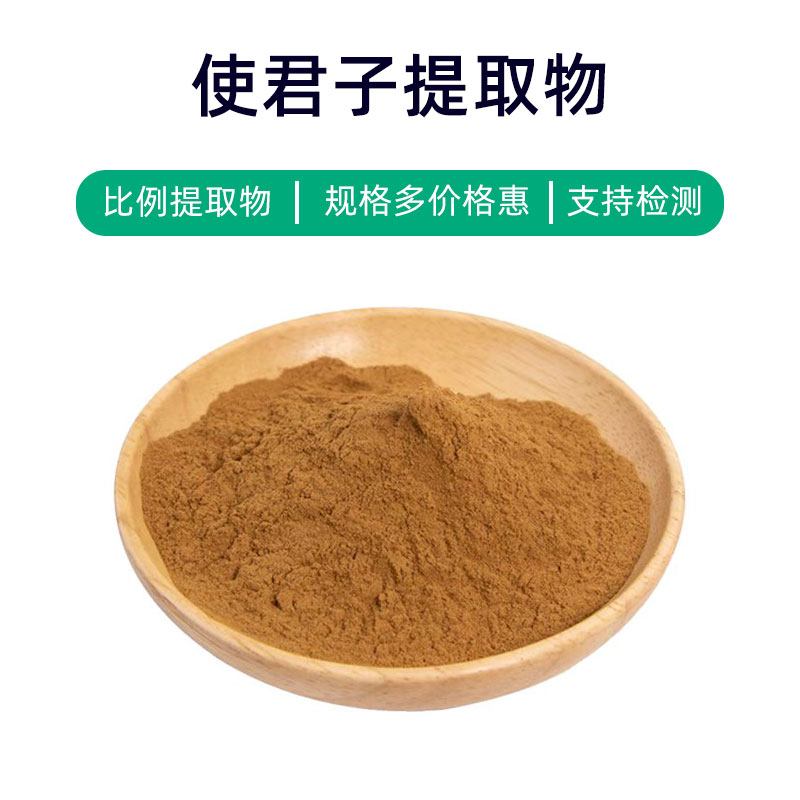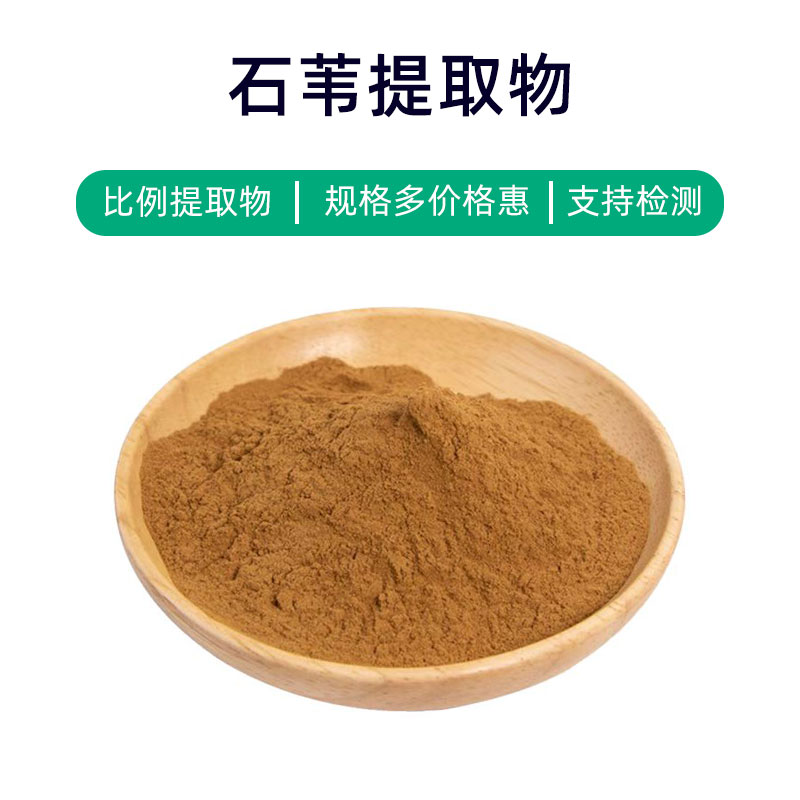Product Introduction of Dietary Leaf Extract
Dietary Leaf Extract is a natural nutrient derived from the Dietary Leaf plant, primarily composed of rich polyphenolic compounds, vitamins, minerals, and fiber. These ingredients provide the extract with various health benefits.
Firstly, the extract is abundant in antioxidants, such as polyphenolic compounds and vitamins, which help neutralize free radicals and slow down aging. Secondly, it contains a high amount of dietary fiber that promotes digestive health, alleviating constipation and indigestion issues. Additionally, it includes some essential minerals like calcium, iron, and zinc, which support bone health and improve blood circulation.
In terms of application, Dietary Leaf Extract is extensively used across health supplements, functional foods, beverages, pharmaceuticals, and cosmetics. It is often added to health supplements and functional foods to enhance nutritional value and functionality; in beverages, it can improve taste and nutritional content; in pharmaceuticals, it serves as a natural health component; and in cosmetics, it is commonly incorporated into skincare and beauty products for its moisturizing, antioxidant, and anti-inflammatory effects.
In conclusion, as a natural nutrient, Dietary Leaf Extract presents a broad application prospect across various fields, with its rich nutrient composition and multiple benefits making it a highly regarded health product in the market today.
Production Process of Dietary Leaf Extract
The production process of Dietary Leaf Extract typically involves the following steps:
- Raw Material Preparation: Start by selecting fresh, high-quality Dietary Leaf plants. The raw materials should be initially washed and sorted to remove impurities and maintain freshness.
- Crushing and Grinding: The cleaned Dietary Leaf plants are then crushed and ground to enhance extraction efficiency, usually using crushers and grinders for processing.
- Solvent Extraction: The crushed leaves are mixed with an appropriate solvent (such as ethanol or water) and steeped. The choice of solvent and steeping time can affect the quality and composition of the extract.
- Concentration of Extract: The solvent from the extract is removed through evaporation or vacuum concentration, resulting in a concentrated extract.
- Filtration and Purification: The concentrated extract is filtered to eliminate residues and impurities. Sometimes, further purification steps are required to enhance product purity.
- Drying: The filtered and purified extract is dried to reduce moisture content, improving stability and shelf life, typically through spray drying or vacuum drying methods.
- Crushing and Packaging: The dried extract is ground to achieve the desired particle size, then packaged in moisture-proof, sealed materials to ensure product quality and stability.
- Quality Control and Testing: The finished product undergoes quality inspection and testing for appearance, particle size, ingredient content, etc., to ensure compliance with relevant standards and regulations.
By following these steps, high-quality Dietary Leaf Extract can be produced for various application areas such as health supplements, foods, pharmaceuticals, and cosmetics.
Benefits and Side Effects of Dietary Leaf Extract
Dietary Leaf Extract, as a natural plant extract, has extensive applications across various domains and is considered to possess multiple benefits and effects.
- Antioxidant Effects: Rich in antioxidants like polyphenolic compounds and vitamins, the extract can neutralize free radicals, slow down cellular aging, and protect cells from oxidative damage.
- Anti-inflammatory Properties: Studies have shown that certain active components in the extract possess anti-inflammatory effects, which can alleviate inflammatory responses and relieve symptoms of inflammatory diseases.
- Blood Sugar Regulation: Some studies indicate that Dietary Leaf Extract may help lower blood sugar levels and improve insulin sensitivity, offering auxiliary treatment benefits for diabetic patients.
- Lipid Reduction: Active components in the extract are believed to regulate lipid metabolism, lowering cholesterol and triglyceride levels in the blood, hence preventing cardiovascular diseases.
- Immune Regulation: The extract may enhance immune function, improving resistance and providing auxiliary effects for the prevention of colds and infections.
- Digestive Health: The extract is rich in dietary fiber and plant extracts that can promote gut motility, improve digestive function, and prevent constipation and indigestion.
- Skincare and Beauty: Some studies indicate that the antioxidants and anti-inflammatory elements in the extract can protect the skin, reduce inflammation, and slow down skin aging, making it smoother and more elastic.
- Antibacterial Properties: Certain components of the extract are believed to possess antibacterial effects, which inhibit the growth of bacteria and fungi, aiding in the prevention and treatment of infections in the mouth, skin, and other areas.
Despite its various benefits and effects, users should be aware of potential side effects and adverse reactions, such as allergic reactions or digestive discomfort. Consulting a doctor or a professional before use and strictly adhering to the usage and dosage instructions on the product label is advisable.
Application Scenarios and Dosage of Dietary Leaf Extract
Dietary Leaf Extract is a natural plant extract with various benefits, widely applied in the fields of medicine, food, and cosmetics.
- Medical Applications:
- Commonly used in pharmaceuticals for preparing health products aimed at regulating blood sugar, lowering lipids, providing antioxidant and anti-inflammatory support.
- In Traditional Chinese Medicine formulations, it is often combined with other herbs to treat diabetes, cardiovascular diseases, etc.
- Food Applications:
- The extract can be used as a food additive to enhance health benefits and nutritional value.
- In beverages, pastries, and health foods, it can be added to enhance antioxidant and antibacterial functions.
- Cosmetic Applications:
- Widely used in skincare products, such as creams, lotions, and masks, for skin care and anti-aging purposes.
- Its antioxidant and anti-inflammatory properties make it a common skincare ingredient, helping to alleviate skin inflammation, suppress free radical production, and slow skin aging.
Dosage:
- For medical purposes, follow the advice of a doctor or pharmacist, strictly adhering to prescribed dosages.
- The amount used as a food additive should comply with national food safety standards and industry regulations, generally ranging from 0.1% to 1%.
- In cosmetics, the usage typically varies based on product formulation needs, generally falling between 0.5% and 5%.
It is important to note that different products and uses may have varying dosages; therefore, always read the product label carefully and follow professional advice. For individuals with allergies, it is recommended to conduct a skin sensitivity test before use to ensure safety.
Introduction to the Source Plant of Dietary Leaf Extract, Distribution, and Growing Environment
Dietary Leaf (scientific name: Glycyrrhiza uralensis Fisch. ex DC.) is a perennial herbaceous plant belonging to the legume family, also known as light-fruit licorice, light-fruit sugarcane, etc. Below is detailed information about the source plant, its distribution, and growing environment:
- Plant Characteristics:
- The plant has a well-developed root system with long, branched rhizomes. The leaves are compound, with small leaflets that are oval or lanceolate in shape. Flowers are purple or purplish-red, and the fruit is a pod-like capsule with black, bean-shaped seeds.
- Distribution:
- Primarily distributed in regions such as China, Mongolia, Japan, and Korea. In China, it is mainly found in Northeast, North China, Northwest, and Central China.
- Growing Environment:
- Dietary Leaf thrives in warm, humid environments, often found near rivers, in riverbanks, valleys, hillsides, grasslands, and forest edges.
- It is not strict about soil quality and can adapt to various soil types like sandy soil, loam, and clay.
- The plant prefers ample sunlight but can also tolerate partial shade.
- Growth Habit:
- It is drought-tolerant and salt-alkali resistant, requiring low moisture levels, making it adaptable to dry environments.
- Dietary Leaf has certain medicinal values, usually found in herbal gardens, medicinal plant gardens, and grasslands.
- Reproductive Method:
- It primarily propagates through rhizomes but can also reproduce via seeds. Its robust root system allows for rapid growth and dense plant colonies.
Overall, Dietary Leaf is a resilient plant with a broad growing range, commonly found in China and some Asian countries, valued for its medicinal roots.
Processing and Storage of Dietary Leaf Extract
The processing of Dietary Leaf Extract generally involves the following steps: first, collecting the root and rhizome parts of the Dietary Leaf; then cleaning and removing impurities; afterwards, drying it using sunlight or other appropriate methods to reduce moisture content; then proceeding with crushing and extraction using suitable solvents to obtain an extract; followed by concentration and filtration steps to finalize the Dietary Leaf Extract. For storage, the extract should be kept in a dry, cool, ventilated area, protected from direct sunlight and moisture, and efforts should be made to minimize the effects of oxygen, light, and humidity on the extract to maintain its stability and the integrity of its active components.
Monica Sun is a seasoned expert in the plant extraction industry with over a decade of experience in research and production. She specializes in the extraction and purification of plant active ingredients, focusing on driving innovation in natural product applications. Monica has participated in the development of multiple functional plant extracts, delivering high-value natural raw material solutions for the health food, pharmaceutical, and dietary supplement sectors.









